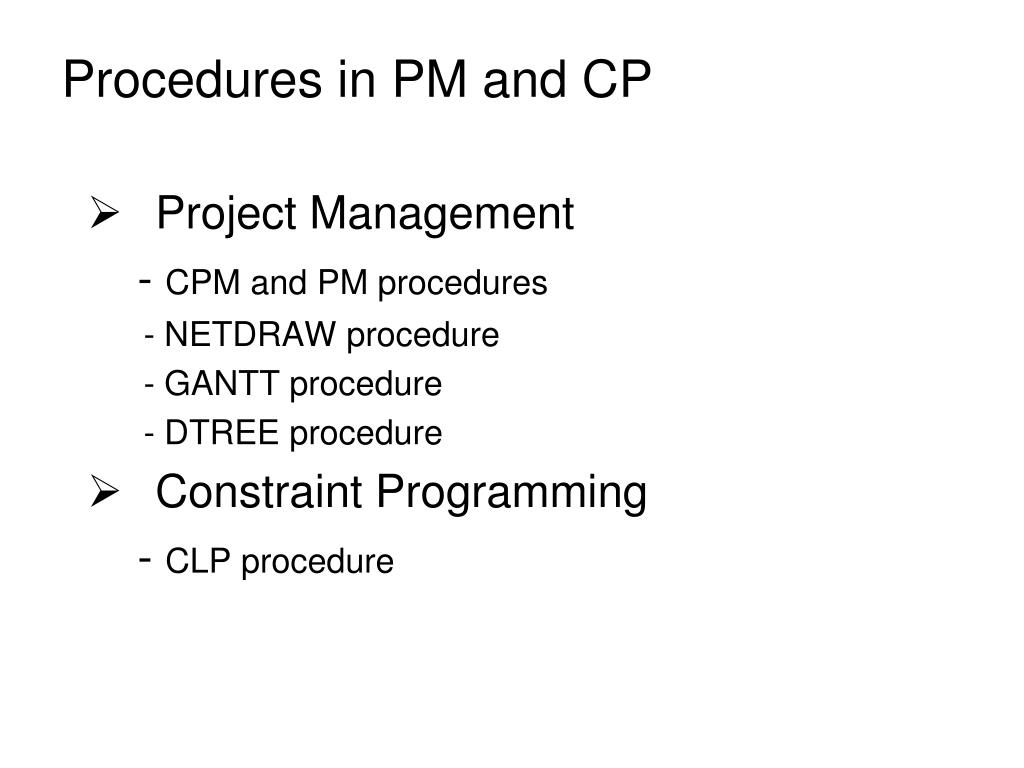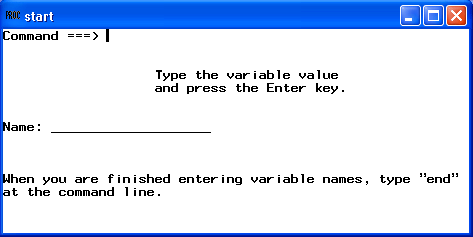

What can I do?Īnswer: This white paper was made available through only very briefly in 2012 when a beta release of PROCESS was made available and before the release of the first edition of Introduction to Mediation, Moderation, and Conditional Process Analysis in 2013. Question: I have a copy of your 2012 white paper on PROCESS but the PROCESS instructions provided there don't seem to work. Note that neither of these options installs a dialog box in the SPSS menus. When you do so, SPSS will first look for PROCESS in this location and execute it before it executes anything else in your program. In that case, at the top of your SPSS program, add INSERT FILE = 'c:\macros\process.sps'. For example, in Windows, perhaps you have the PROCESS macro saved on your computer in a folder named "macros" on the "c" drive. The second option is to save PROCESS.sps to a particular location on your hard disk and then call it with an INSERT statement at the top of your SPSS program, before you use the macro.

As the use of this script is not required to run PROCESS, I recommend abandoning this option you have trouble getting it to work. However, many users have had problems getting this to work in SPSS 24. Thank you to Jon Peck at IBM for this recommendation.
#PMENU SAS PROCEDURES GUIDE ARCHIVE#
A document to guide Windows users can be found in the zip archive that contains the PROCESS files. Once you have done this, you don't have to think about ever executing the macro yourself. One approach for Windows users is to produce a script that will automatically load and execute each time you open SPSS. Question: Is there a way of getting SPSS to load PROCESS automatically when SPSS runs, so I don't have to manually do so each time I want to use the syntax version of PROCESS?Īnswer: You have two decent options. Introduction to Mediation, Moderation, and Conditional Process Analysis is the only sensible citation for PROCESS. And although Kris Preacher and I have collaborated many times, we did not collaborate in the development of PROCESS. PROCESS did not exist prior to 2012, so citing a paper prior to 2012 as a reference for PROCESS wouldn't make sense. I have seen people make reference the "PROCESS procedure created by Preacher and Hayes" or the "Preacher and Hayes PROCESS macro" (or similar language), citing our 2004 or 2008 papers published in Behavior Research Methods. If you have this paper archived on the internet somewhere where it is publicly accessible, you'd do the world a service by removing it as its presence is causing confusion in many. I stopped circulating this paper in 2013, and it is now outdated and not a sensible citation for PROCESS since it corresponds to version 2. Unfortunately, many people cite a 2012 white paper I wrote that you will find circulating online that has been posted in various places without my permission. These mistakes are easily avoided by reading the documentation. I have seen many instances of researchers reporting results from the output of PROCESS that are inconsistent with what PROCESS actually is doing. It may not be doing what you think it is doing. I don't recommend using PROCESS without familiarity with what it does, described in the book.


Good academic practice is to cite something only if you have actually read it and are familiar with its content. Question: How do I cite PROCESS in a manuscript or publication?Īnswer: The official documentation for PROCESS is Introduction to Mediation, Moderation, and Conditional Process Analysis.


 0 kommentar(er)
0 kommentar(er)
